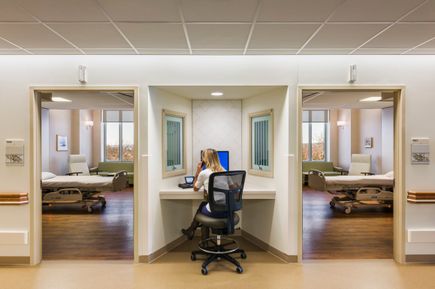Stemmler Hall Published in BD+C
Share
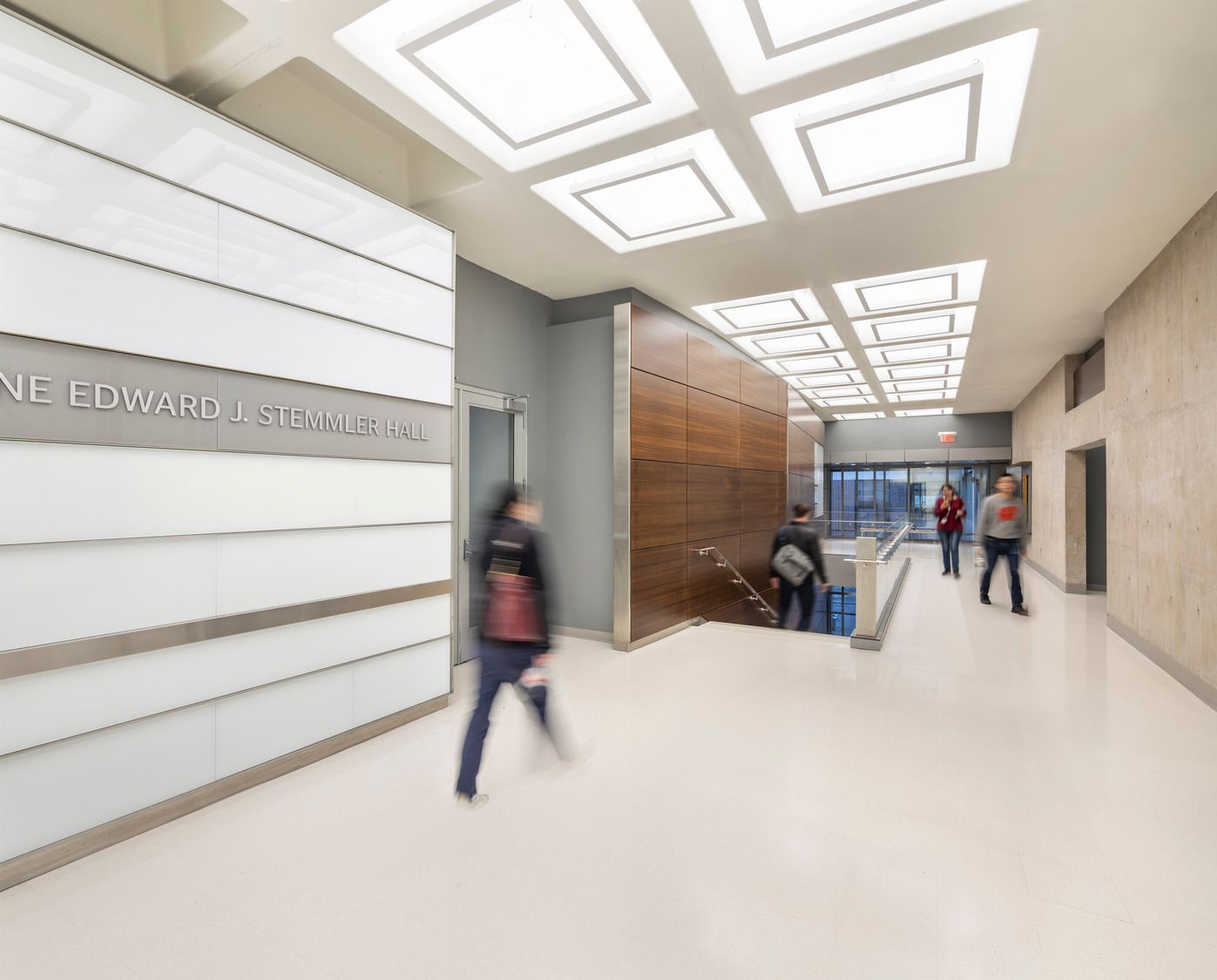
The University of Pennsylvania’s Edward J. Stemmler Hall was profiled in Building Design + Construction (BD+C) magazine. The project won a Bronze Award in BD+C’s 2020 Reconstruction Awards.
Excerpted from Building Design + Construction:
Edward J. Stemmler Hall is an essential bridge that links the realms of education, discovery, and clinical practice for the University of Pennsylvania’s Perelman School of Medicine. The biomedical research and teaching facility, which was originally built in 1978, is located on the university’s campus at a critical juncture between academic, research, and healthcare facilities.
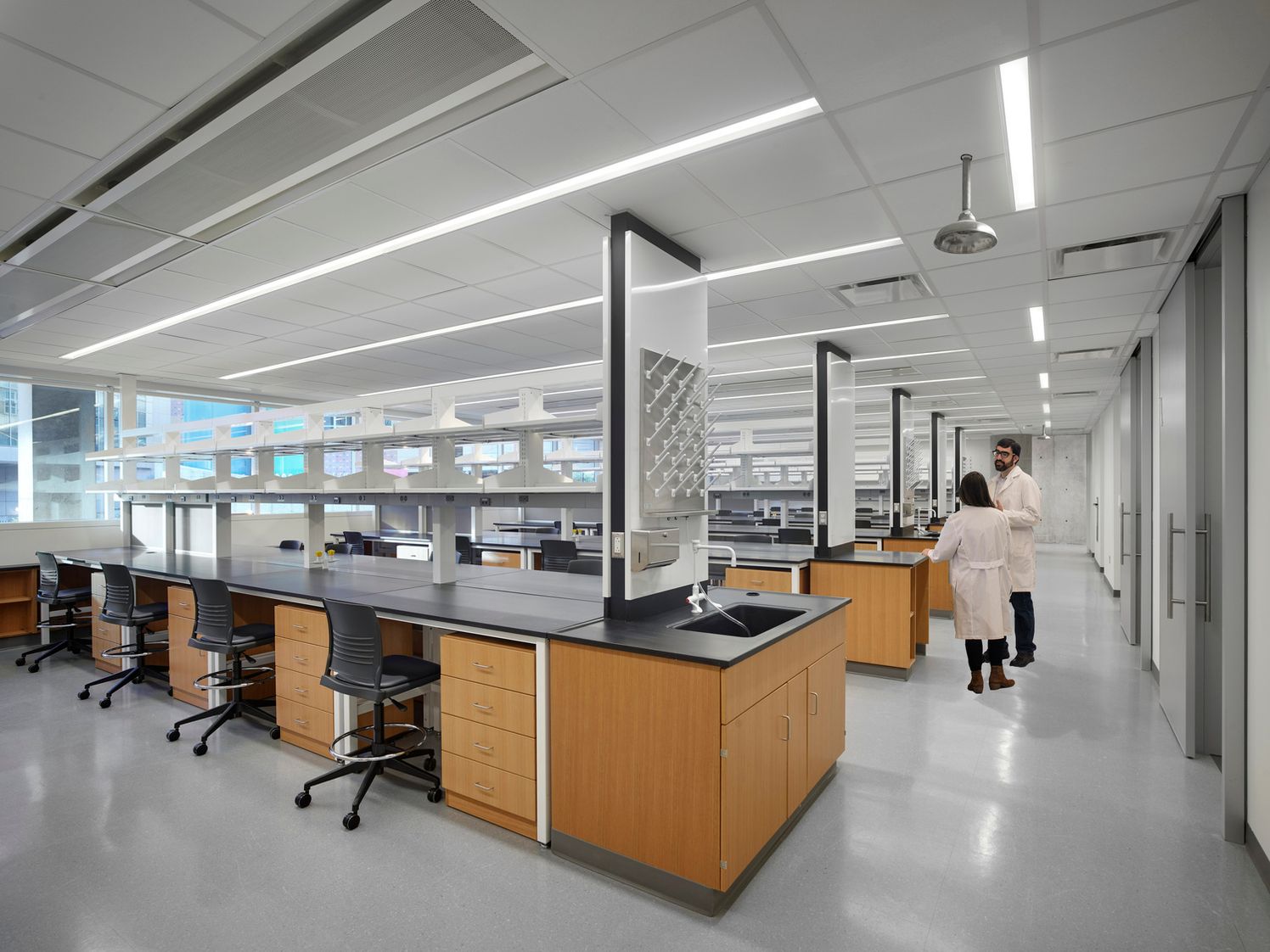
As a means of advancing the university’s Climate and Sustainability Action Plan, the school was considering a building systems-based retrofit of the 230,000-sf Stemmler Hall that would increase energy efficiency and renew building infrastructure.
But after some discussion, Ballinger, the project architect, proposed a more holistic solution: a comprehensive renovation that would transform the building, providing new Class A laboratory space and replacing all building systems. The project sought to increase energy efficiency and deliver 102,000 sf of fully renovated research space.
Because of the building’s pivotal campus role, the facility needed to remain operational throughout construction, which posed logistical challenges related to accessing, assessing, and working within an occupied building.
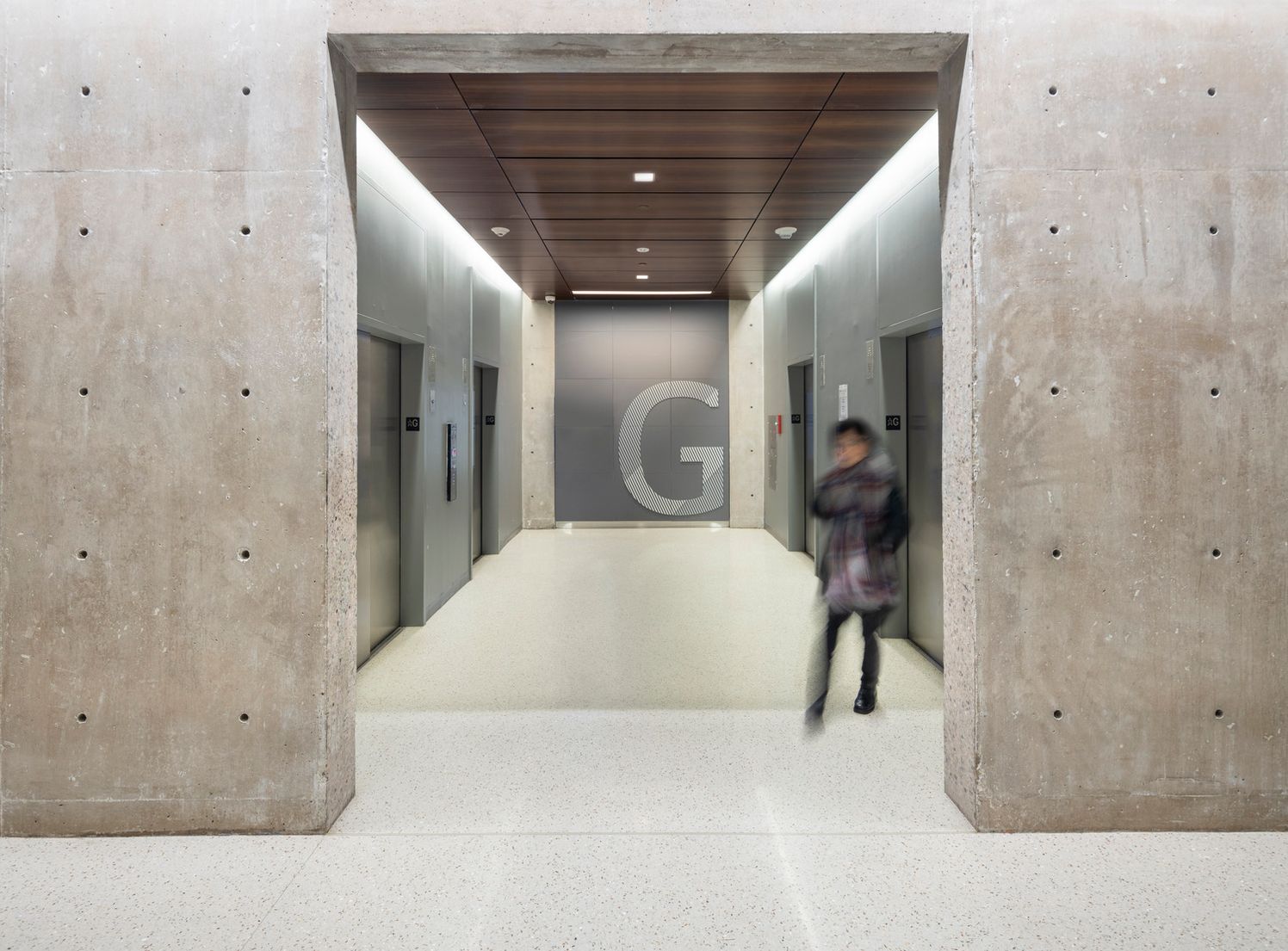
Construction was sequenced into three phases in order to maintain occupancy within the building:
- Phase 0: Enabling Electrical and Tele/Data Infrastructure installed; temporary rooftop mechanical systems installed to maintain building operations
- Phase 1: Renovate Levels B, G, 1, and 2; additional temporary mechanical systems installed to maintain building operations
- Phase 2: Renovate Levels 3, 4, and 5; install permanent mechanical systems within renovated Penthouse
Occupant safety was assured by implementing open lines of communication. Project websites, weekly construction update emails, and town hall gatherings informed building users about progress, shutdown notices, and work schedules.
The build team drew upon Louis Kahn’s Richards Medical Research Laboratory, a landmark of the University of Pennsylvania’s design heritage, as a means of embedding the Stemmler Hall project within its context. Paying homage to this landmark, existing cast-in-place stair and elevator cores within Stemmler Hall were cleaned, restored, and highlighted as feature elements of the building. The concrete’s finish and texture serves as both a way-finding element and a unique component of the overall materials palette.
The renovation moved away from compartmentalized spaces and, instead, implemented an open lab concept that was critical to improving utilization within the existing floorplate. On the building’s lower levels, underutilized educational and administrative spaces were converted into revenue-generating research space.
A monumental stair improves campus flow and strengthens the connection between clinical practice and medical research, while an existing dark passageway beneath the building was reclaimed as a lobby that now acts as a connector to the surrounding buildings. Additional dark corridors were reimagined as bright, open spaces. At the building entry, a meandering series of public spaces were repurposed to better support student life.
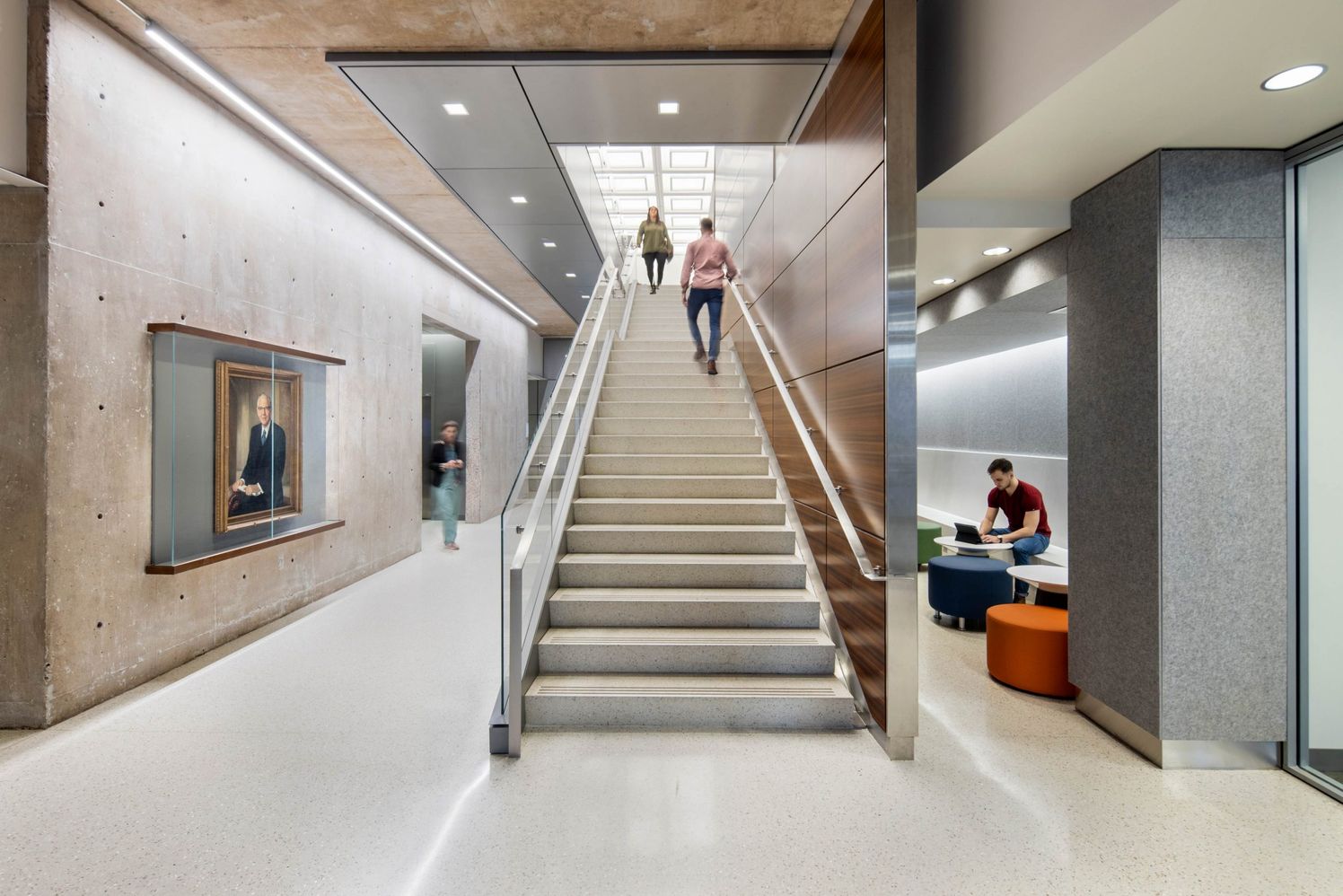
Deteriorated exterior insulation was replaced with foil-faced insulation, existing windows were replaced, a new insulated roof was installed, and existing pipes that had corroded over time were replaced.
The completed project delivered a 50% increase in lab workstation capacity, a 50% reduction in energy use, and $900,000 in projected annual energy cost savings. Stemmler Hall has become one of the most energy efficient research building’s on the University of Pennsylvania’s campus and is anticipated to obtain LEED Gold certification.
Tagged
- Press |
- Architecture |
- Engineering |
- Interiors |
- Planning |
- Academic |
- Healthcare |
- Science

